Bulb onion (allium cepa L.), locally known as sibuyas, is probably the most indispensable culinary ingredient in the world. It is a favorite seasoning, and its pungent aroma and sharp taste makes it ideal for spicing up meat, salads and vegetable dishes. It is also used to cure a wide array of physiological disorders such as cough, obesity, insomnia, hemorrhoid and constipation.
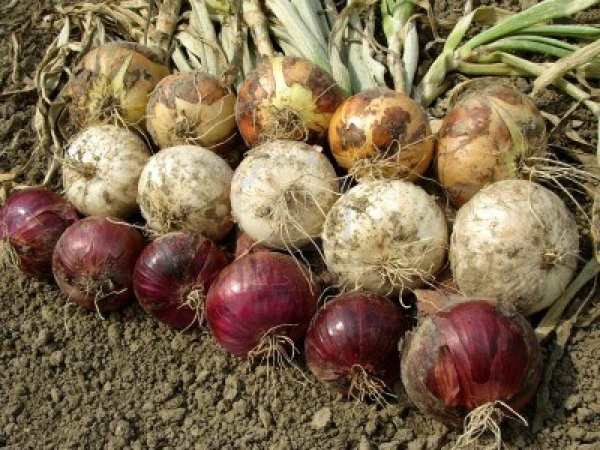
There are two types of bulb onion grown in the Philippines; the yellow and the red onion. The yellow varieties grown for the traditional market are either the granex (flat) or the grano (round) type, short day onions.
The red varieties, on the other hand, are produced because of their long storage life. Strains of Red Creole and Red Pinoy are among the popular varieties being grown.
Onion Production Guide and Trade
Bulb onions are grown in about 11,998 ha (1997) mainly in Central Luzon and the Ilocos Region. They are grown both for the local and export markets.
In 1997, 7,296 t of fresh onions valued at P109 million were exported to Japan, Hongkong, Singapore, and Thailand.
Production Management
Varieties
Yellow Onions
Yellow Granex
Superex
Cal 120
Cal 202
Liberty
Red Onions
Hybrids Red Orient
Red Creole
Red Pinoy
BGS 95 (F1 hybrid)
Capri
How to Grow Onion?
Climatic and Soil Requirements
Bulb Onions grow well in friable and well-drained loam soil with good water holding capacity and pH between 6 & 7.
For best growth and bulb quality, onion requires cooler weather during the early stages of growth and a dry atmosphere with moderately high temperature for bulb development & maturation. Planting can be done as early as October (yellow onions) to as late as January (red onions).
Seedling Production
A 1-ha production area requires 5 kg seeds. A 300-500 m2 seedbed produces enough transplants for one ha/ Prepare beds 1 m wide & incorporate animal manure and rice hull.. Line sows 3-5 kg. seeds in rows set across the bed 7-10 cm apart. Distribute seeds thinly and evenly to control damping off. Cover the seeds lightly with compost and mulch with rice straw or grass clippings. Maintain adequate soil moisture. Protect the seedbed against direct sunlight and rain with nylon net or removable plastic tunnels. Reduce watering and expose seedlings to full sunlight one week before transplanting.
Land Preparation
One month prior to land preparation, apply about 30 cm layer of rice hull over the entire field & burn for about two weeks. Incorporate burnt rice hull during land preparation. Burnt rice hull reduces occurrence of weeds & diseases & improves soil texture.
Land preparation is done one month prior to transplanting. The use of tractor-driven implement requires 1-2 plowing & harrowing operations. Apply animal manure at 10-15 t/ha prior to bed preparation. Beds 1 m wide are recommended.
Transplanting
Transplant seedlings 4-6 weeks after sowing. Gently uproot the seedlings to prevent root damage. Plant at a distance of 15 cm between rows & 3-5 cm between transplants can also be practiced. Use markers for proper spacing & to facilitate transplanting. After marking, use dibbles to make holes. Plant deep enough but not too deep. Care must be taken so as not to damage the basal portion of the plant. Place the white portion of the plant below the soil surface. Press the soil firmly around the basal portion. Irrigate the field before and after transplanting.
Fertilization
In the absence of soil analysis, a 1-ha production area requires 8.5-11.4 bags of ammonium sulfate (21-0-0), 6.6-26.7 bags super phosphate (0-18-0) and 2-4 bags muriate of potash (0-0-60).
Apply all of 0-18-0 & half of 21-0-0 & 0-0-60 as basal fertilizer. Side-dress remaining 21-0-0 & 0-0-60 at 30, 45 & 60 days after transplanting. High nitrogen rates tend to shorten storage life of onions. Combine herbicide application with hand weeding to produce a good quality crop.
Irrigation
Bulb onions require adequate moisture for steady, continuous & desirable growth. Depending on soil types, irrigation varies between 4 & 7 days. Stop irrigation 2-3 weeks before harvest, or when 20-30% of the tops fold over. The last irrigation should be a light one.
Pest & Disease Management
Purple blotch (Alternaria porri), leaf blight (Botrytis spp.), white-tip disease (Phytophthora porri), and downy mildew (Peronospora destructor). Regulate humidity within the field through proper irrigation. Eliminate debris from previous crop. Spray compost tea (compost tea is prepared by fermenting rice compost for 10-14 days. The effluent is sprayed to control foliar diseases). Remove infected leaves. Practice crop rotation.Pink root (Pyrenochaeta terrestris). Practice soil solarization. Use resistant varieties.
Bacterial soft rot (Erwinia carotovora), neck rot (botrytis allii), & onion smut (Uroccystis cepulae). Harvests only mature bulbs. Maintain good air circulation during curing, packing & storage. Practice crop rotation.
Sour skin (Pseudomonas cepacia) & slippery skin (P. alliicola). Use furrow irrigation. Incorporate copper sulfate at the last fertilization & fungicide application.
Thrips (Thrips tabaci), army worm (Spodoptera exigua), cutworm (Argotis spp.), & leafminer (Liriomyza spp.) Use overhead irrigation & high pressure spray of water & insecticidal soap solution. Remove badly infested leaves. Spray hot pepper extract, or spread wood ash to control army worm & cutworm. To control leafminer, spray chlorox solution (1:10 commercial chlorox & water) & rinse one hour later with water. Manage weeds properly to maintain sufficient population of natural enemies.
Harvesting
Harvest when the tops begin to fold over. Pull mature plants/bulbs manually from the soil.
Post harvest
Cure harvested bulb for 10-14 days in a sunny, well-ventilated area. Align onions so that the leaves of one onion cover the bulb of another. Clip dried leaves 1.5 inches from the stem and remove all roots. Grade bulbs according to size & quality. Pack in jute or net sacks for storage and/or immediate disposal.
Source: Bulb Onion Production Guide Information Bulletin No 197/2000 PCARRD


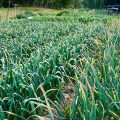
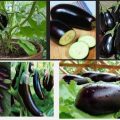
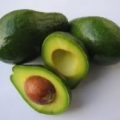
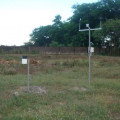

Dear Sir,
I would like to request production guide for onions grown by hydrophonics. Do you have info on production cost, harvest frequency, and production volume estimates? I intend to do this in Alfonso Cavite.
Thank you,
ROBERTO DIMAYUGA
i am Tanzania lady aged 27 years old i would like to have an idea of onion production as i like much this kind of agriculture for my earns.
this is what the youths and those in need financial advancement should go into with the assistance of the government
vegetables can be grown all year round…….